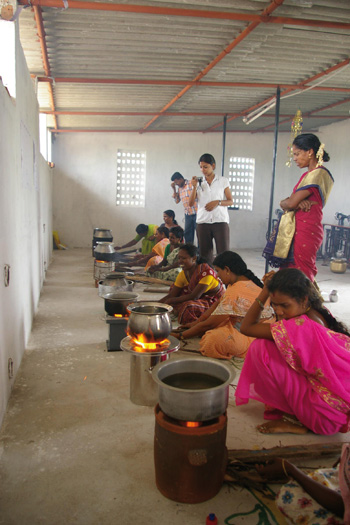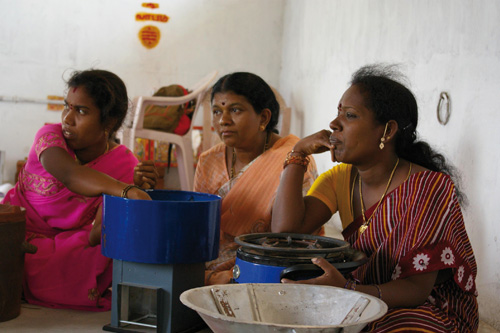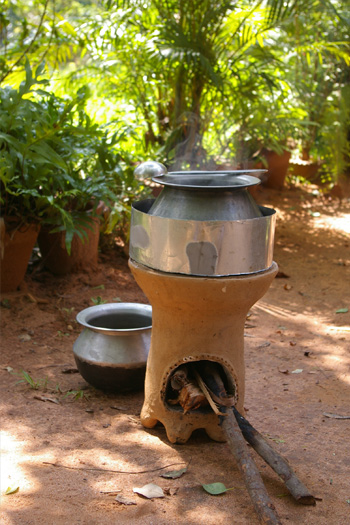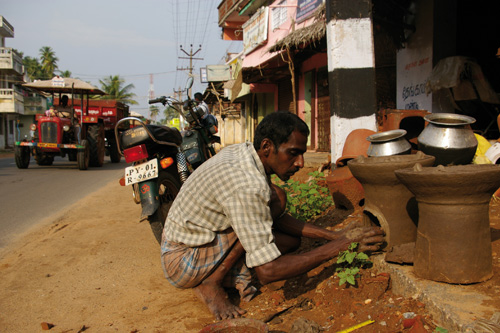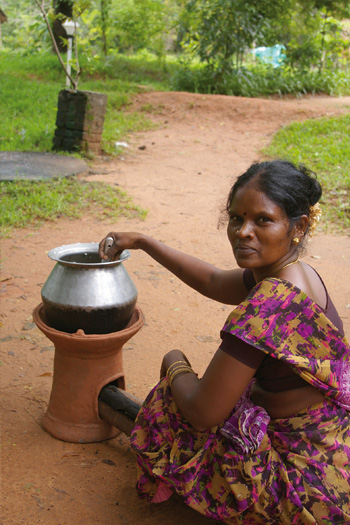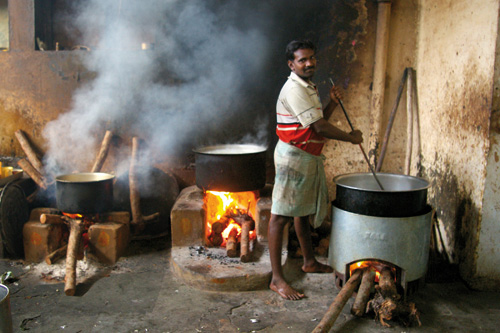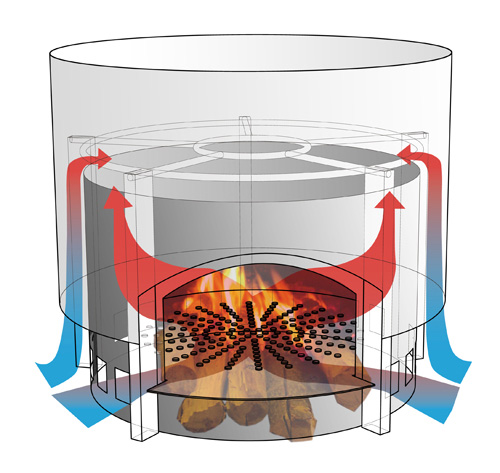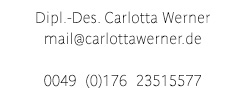
More than half of the world’s population cooks on open fires, thus burning 2.5m tons of biomass every single day. Besides the ecological effects, this has serious social and health consequences, as the smoke is highly toxic. Purely technical solutions for improved cook stoves have frequently failed due to a lack of user acceptance.
Since 2011, the designer Carlotta Werner is working in Benin, Senegal, and Liberia, developing modern charcoal stoves on behalf of the German Federal Enterprise for International Cooperation (GIZ). It was conceived on-site, in an intensive design process involving housewives and craftsmen to ensure that it corresponds to specific cooking habits, aesthetics and production capabilities. The innovative stove design reduces charcoal consumption by 30%, cooking time by 20%, and CO emissions by around 50% compared to traditional charcoal stoves. It is serially manufactured in a network of small, decentralised workshops and sold via their existing distribution channels at markets. This supports the local economy and is price efficient ensuring that the product (ca.6€) remains affordable for the user. The attractive design in particular make the stove extremely popular. In 2013 alone, 20,000 “Éclair” stoves were sold in Benin. The project won the Red Dot Product Design Award 2014.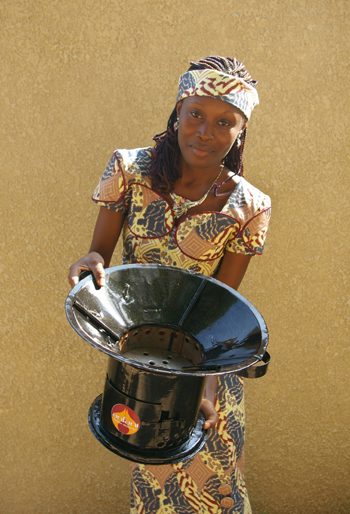
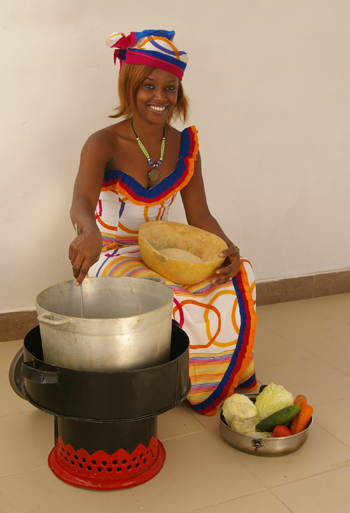
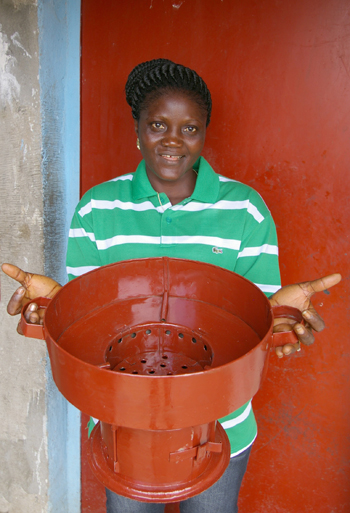
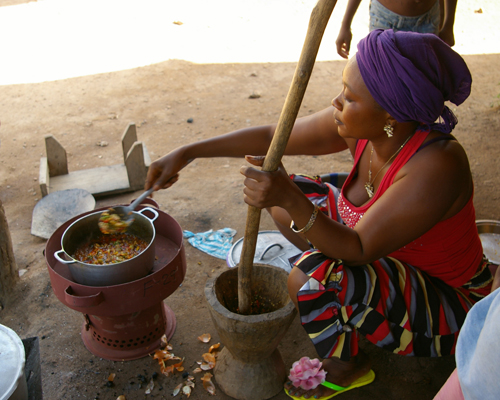
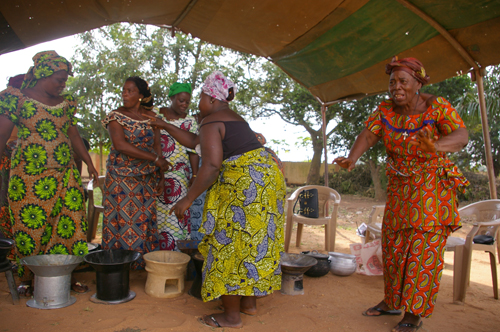
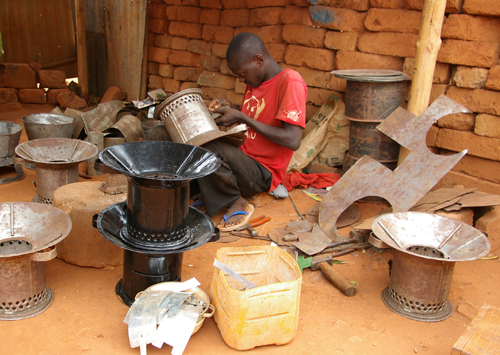
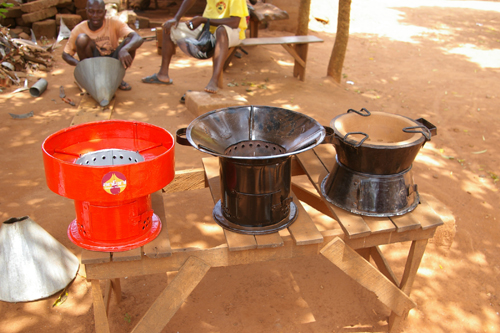
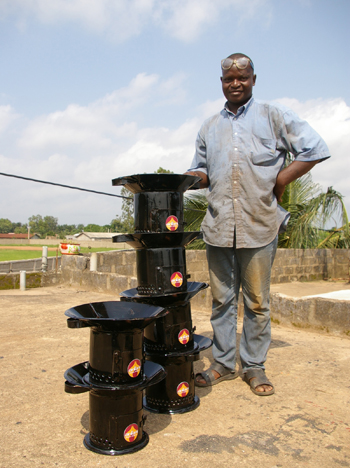
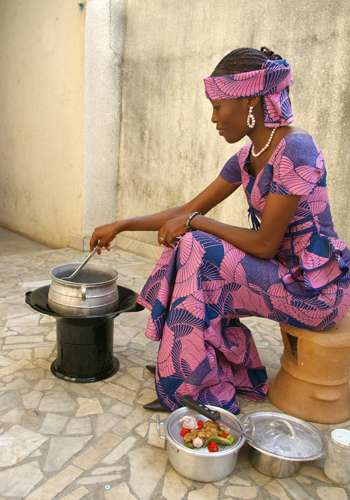
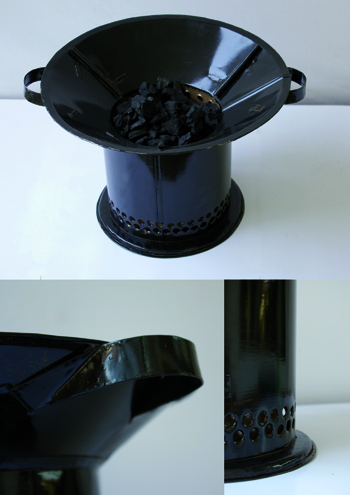


From 2009 to 2012, Carlotta Werner worked alongside the artist Johanna Sunder-Plassmann as artistic director for the exhibition of the “Museum of Innocence” of the Turkish Nobel Laureate in Literature Orhan Pamuk in Istanbul. The fictive collector’s museum is situated between the conflicting poles of literature, modern architecture, artistic vision, and design. The project comprised the development of the exhibition concept as well as the composition of the object collages in the museum’s 83 display cabinets. In the course of this long interdisciplinary process, around 3,000 objects and the architectural mantle were composed into a “Gesamtkunstwerk” that blurs the lines between reality and fiction.
The museum was opened in April 2012 to great international publicity and named the 2014 European Museum of the Year.
“At the end of this work, in any case, there is an overpowering realization: Not only the house appears to be devouring the visitor – so, too, are the individual boxes.” SÜDDEUTSCHE ZEITUNG (FEUILLETON)
„(...) may be the single most powerfully beautiful, humane and affecting work of contemporary art anywhere in the world, at once poetic and darkly comical; tender and, case by case, space by space, aesthetically ravishing. You can spend the rest of your life going round contemporary art fairs and never experience anything remotely like this.“ FINANCIAL TIMES
„I think they (the boxes) tell a very interesting story. And their story – like all great works of art – they unwrap, unpack a kind of life in a very contemporary way. (...) But most particularly, this house, the objects in the house, the care and particularness, with which this has been done, is absolutely remarkable.“ GLENN LOWRY (MOMA)
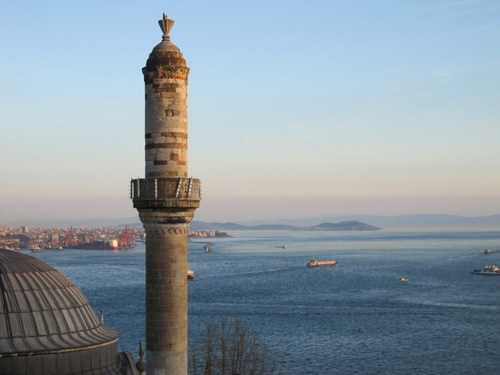
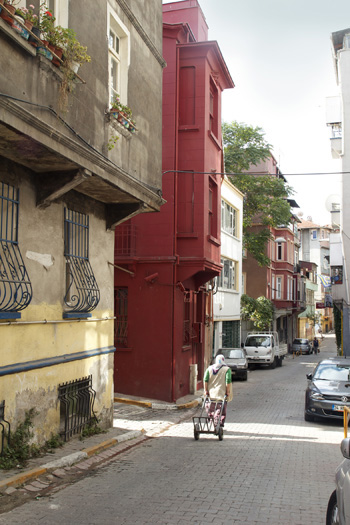
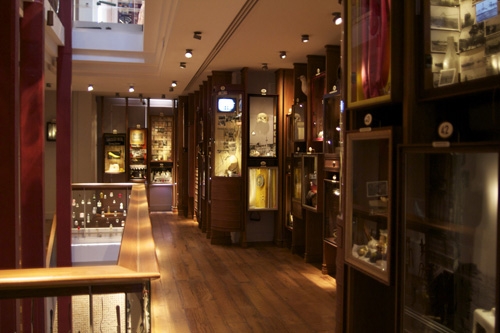
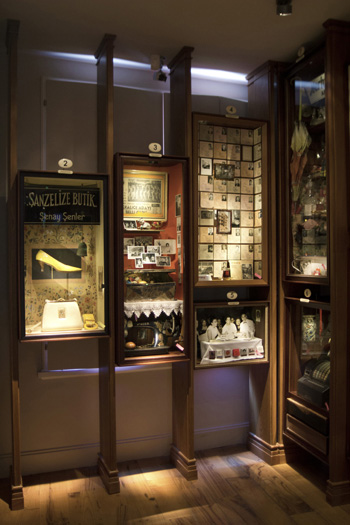
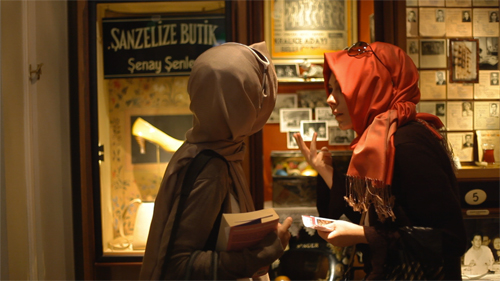
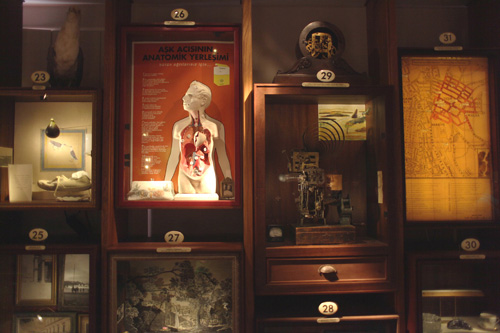
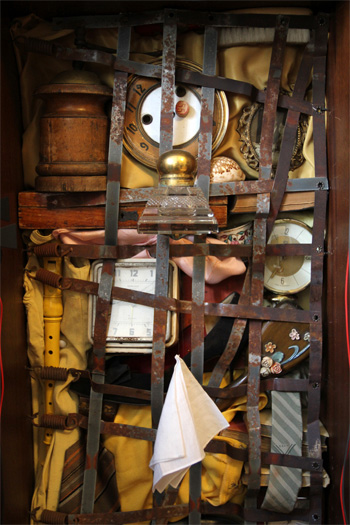
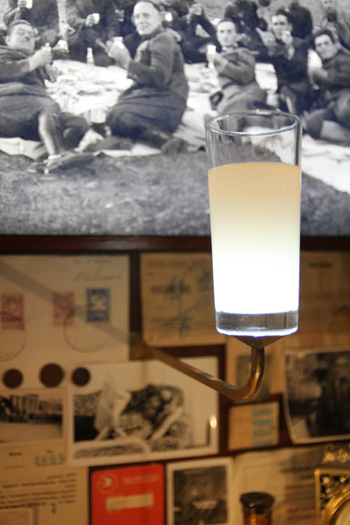
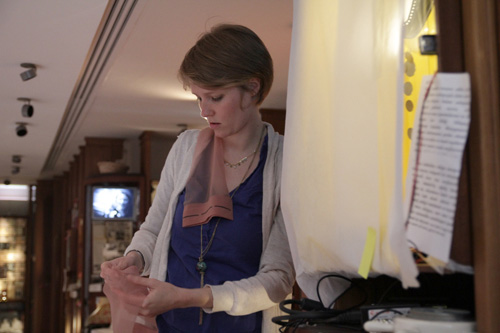
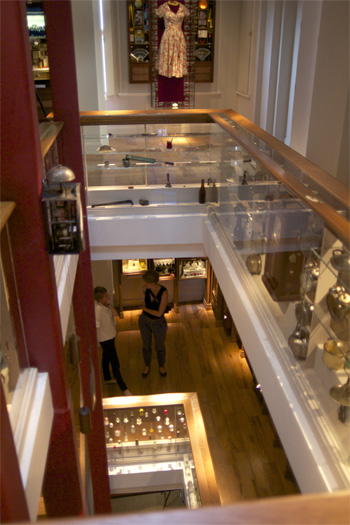
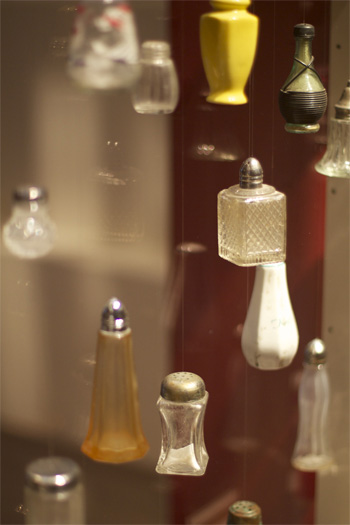
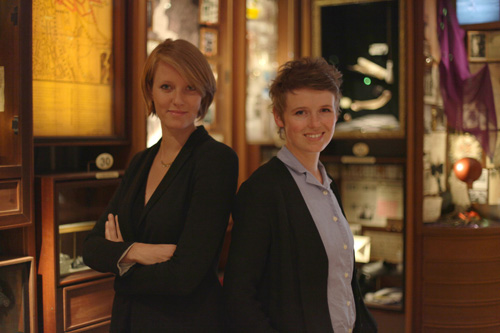

In October 2013, Carlotta Werner was invited as artist in residency to Istanbul.
The HAYY RESIDENCY is a project by the artist collective nüans, which aims to unfold at an isolated location and to occupy a specific space for a certain period of time. Inspired by the isolated rooftop terrace, her works deal with the surrounding shapes, colours and movements in Istanbul’s October.Overlooking Istanbul
Set of anodized Aluminium bowls41°1’31’’ N 28°58’40’’ O
Sequence of 15 graphicsOctober
Colour study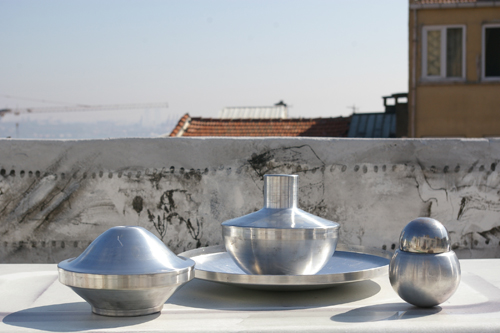
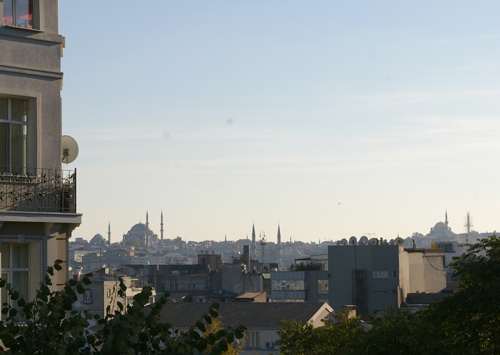
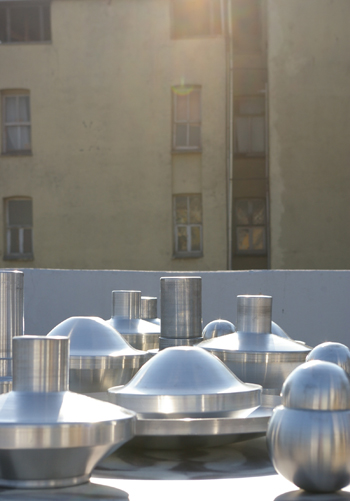
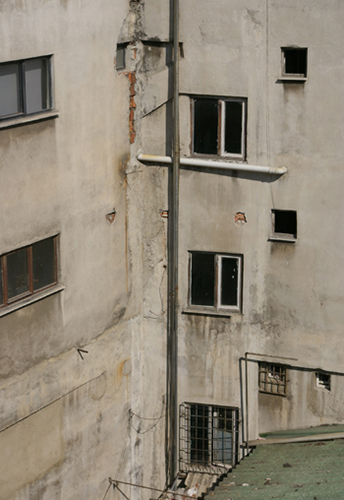
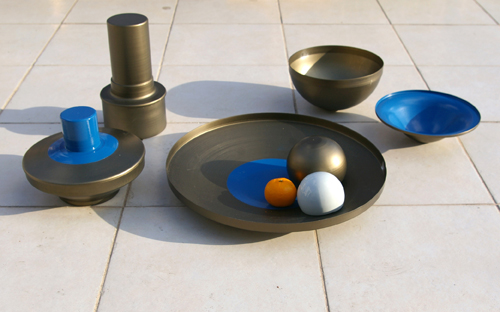

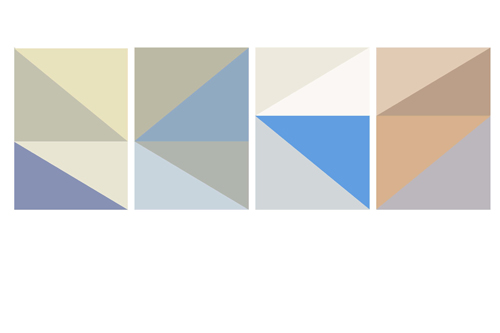
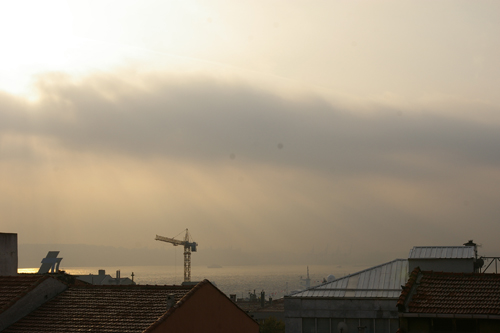
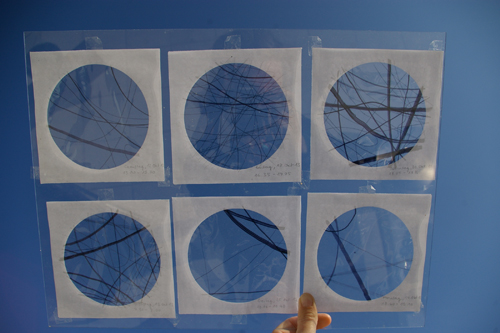
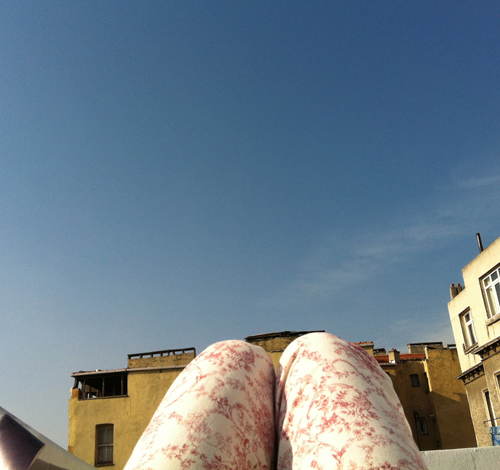
Nüans


At the “World Industrial Design Fair” in Ningbo and at the “Creative Industry Exposition” in Hangzhou, Bauhaus-University’s product design degree programme informed Chinese designers and students about the current Weimar teaching model, about the historical Bauhaus, and about contemporary German design. The heterogeneous appearance of the stand invited visitors to discover the different topics.
The area for the historical Bauhaus, designed by Carlotta Werner, guided the visitor through a tight, blinkered “head hose” in order to demonstrate the doctrinal narrowness. This led into the eye-searingly bright “Bauhaus Cathedral” with its three basic forms and colours. The project was developed at the invitation of Ningbo’s district government, in collaboration with Maximilian Bauer, Dan Guo, Johannes Hein and Nils Volkmann. The team was in charge of the entire process from start to finish, comprising design, planning, on-site construction, and booth management.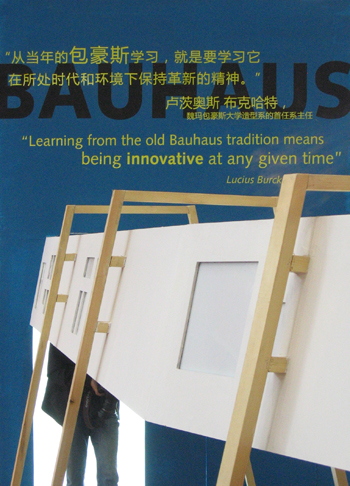
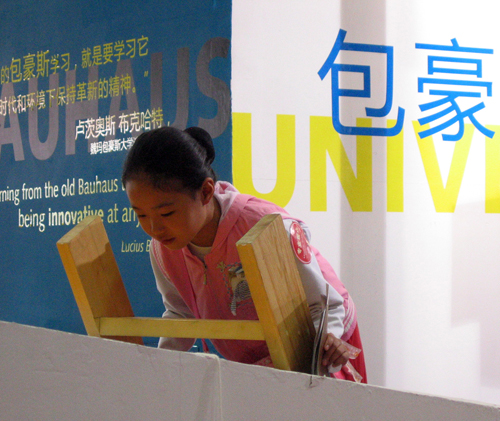
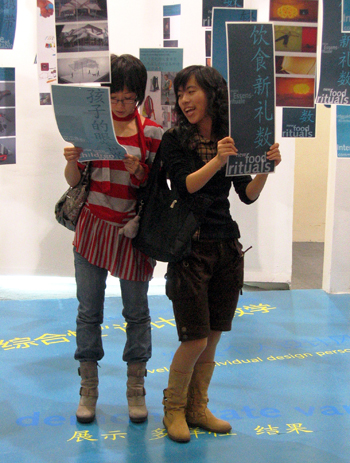
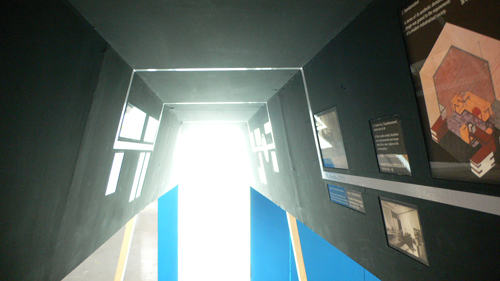
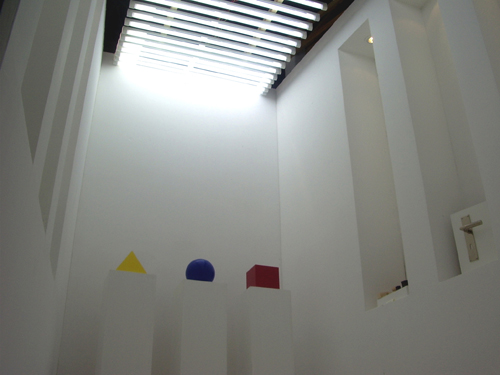
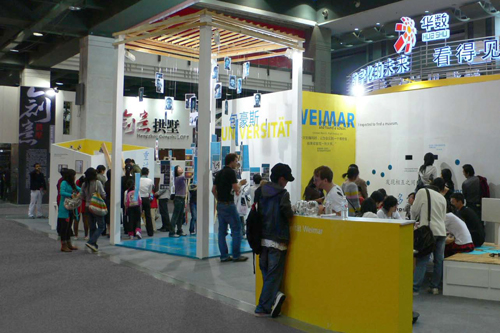


Together with Philipp Böhm, Carlotta Werner developed “e.Concrete,” a system for electrifying surfaces in buildings. e.Concrete offers flexible access to energy without the need for pre-planning power lines and corresponding outlets. The supply network integrated into the wall can be “tapped” by simply drilling a hole and inserting a dowel, thus offering maximum flexibility of usage and minimum destruction of building stock. Three light models were developed to accompany this innovative energy supply.
Since obtaining the patent in 2008, the two product designers have been working to refine the prototypes into a marketable product.
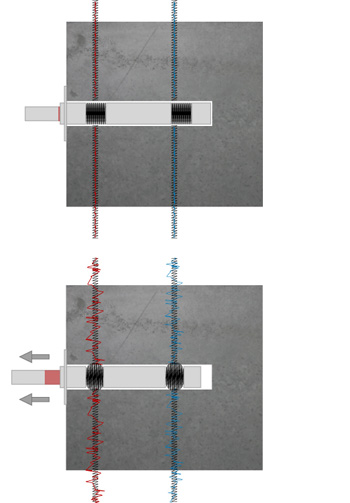
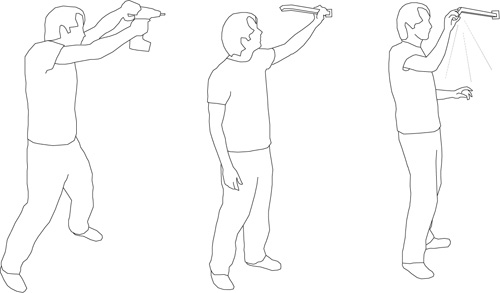
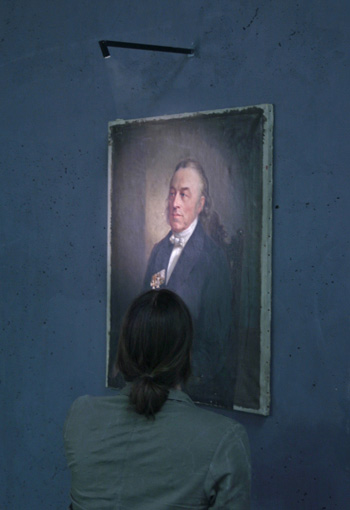
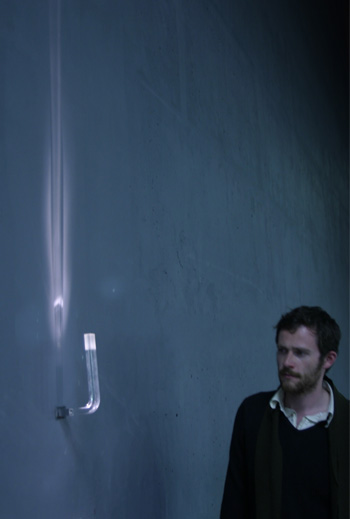
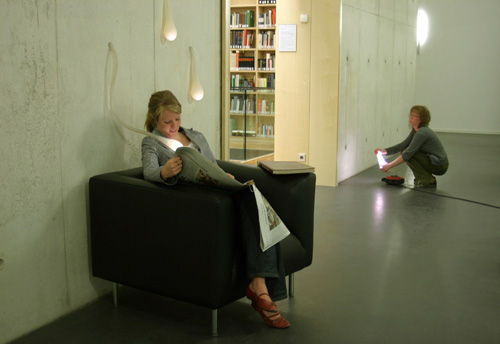


Carlotta Werner, born in Munich/Germany in 1983, finished her studies in Product Design at Bauhaus-University Weimar in 2010. Her diploma thesis about improved cook stoves was developed in Southern India, in cooperation with GIZ (German Federal Enterprise for International Cooperation) and a local engineering firm.
From 2009 onwards, Werner and the media artist Johanna Sunder-Plassmann were appointed as artistic directors for the exhibition of the “Museum of Innocence” by Nobel Literature Laureate Orhan Pamuk, which opened in Istanbul in 2012.
Since its completion, she has returned to pursuing design strategies in development cooperation, developing modern, energy-efficient and low-emission charcoal stoves for GIZ in Benin, Senegal, Burkina Faso, and Liberia.
Since 2013, Johanna Sunder-Plassmann and Carlotta Werner have been collaborating on artistic research and exhibition projects. Their focus is on the emotional value of everyday objects, and the inferences that can be drawn from them about society at large. At the moment they are dealing with the phenomenon of everyday objects that are repurposed for protection, as means of communication, or as weapons in worldwide political protests. The project is presented at the research project on design and violence of the Design Department at New York’s Museum of Modern Art.
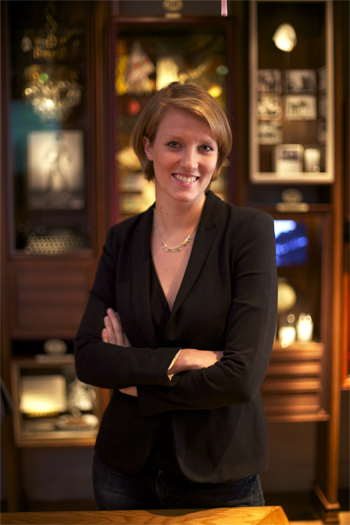
Angaben gemäß §5 TMG:
Carlotta Werner
Oevelgönne 39
22605 Hamburg
All material on this website is copyrighted, May 2014

